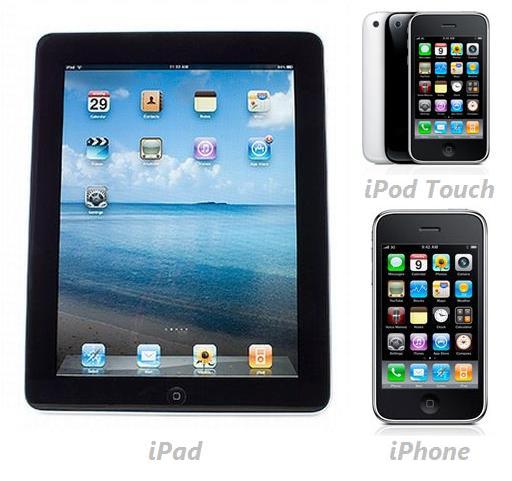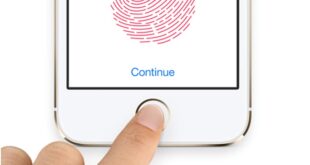So, henpecked and ticked off over how exactly to fix your iDevice’s viewport orientation problem? Or just cannot bear upon the complexities that viewport orientation comes with when accessing certain websites from your iPhone?
Although the entire layout can still be blinked at, it might not sound comfortable for all of you out there. But, what about those who do not find it convenient? While the orientation tends to depend on the device’s physical layout as well, but it can always be (most often, if not) altered for an enhanced and better viewing experience. And thus, we have got some little bit of help for you.

Listed below are some ‘simple to follow’ guidelines that will not only help one detect the orientation on an iPhone or any other iOS device. But will also enable to change the viewport orientation to Landscape. But, the use of Cascading Style Sheets, JavaScript and Meta tags will be played upon. Take a look – it’s definitely worth a glance.
Page Contents
Set The Apple Devices’ Viewport Orientation To Landscape
Using JavaScript for iPhone and iPad Orientation
If you want to set your Apple device’s viewport orientation to Landscape, you can definitely benefit from JavaScript. Since both the iPhone and the iPad tend to support scripting language, the said feature might just enhance your experience.
However, make sure you’re your JavaScript is using the innerWidth property of the window object. At the same time, it should also rely on setting the orient attribute of the body element on a consistent basis. However note, the interval in between could be of 4 seconds.
You can seamlessly benefit from the JavaScript function which will not only allow your device to detect the viewport orientation, but will also let it adjust to landscape. For which, you can glance through your iPhone- or iPad-ready web page and find the suitable JavaScript snippet. Which will eventually enable you to set the display to the appropriate orientation settings.
Using Meta Tags for iPhone and iPad Orientation
Although there are certain other methods available as well that enable one to change the orientation settings on Apple products. But using ‘Mega Tags’ can rather be considered as the most effective way to detect the orientation of the device. The viewport Meta tag is basically employed by Safari on the iPad/iPhone to find out how to show a web page.
For those who are not so aware, properties of the viewport Meta tag subsume user scalable, initial scale, height, width, minimum scale and maximum scale. So for example, if the width comes to 980 as a default value – the minimum value of the property will then be 200 whereas the maximum value (width) will be 10,000.
However to apprise, the initial scale is basically the one that offers when the page loads in the beginning. So instead of employing a fixed width, you should bring ‘width = device = width’ into play and let the orientation settings change. The said function will essentially and automatically make the width absolutely equal to the width of your smartphone’s or tablet’s screen.
You can even adjust the maximum scale and bring it to 1.0, for keeping the appropriate window size. In a nutshell, this will only help you avoid stretching out the window size beyond the size it needs to display.
Using Cascading Style Sheets for iPhone and iPad Orientation
Last but equally purposive, you can take advantage of Cascading Style Sheets for your iPhone or iPad orientation. For which, simply add an appropriate link to your style sheets but within the device’s Head tag.
However keep in your mind, you will be required a style sheet for your portrait use and another style sheet for your landscape use. While Meta Tags may topple across as the most suitable options, CSS can also be considered as a great way to change orientation of the web pages on your iPhone or iPad.
Well, that definitely brings us to a standstill for guiding you all through the reliable orientation setting adjustments and changes. Hopefully, by following the above mentioned instructions and methods, your Apple device would finally be enabled to modify the viewport orientation to the landscape one.
Nonetheless, ensure that you are always referring to your device’s user manual for the advices and suggestions that could have been missed otherwise.
At the same time, if you are too amateur to tamper with your sensitive Apple product or just do not have enough of knowledge. Try to take little help from someone who knows the lefts and rights of your device’s settings zone for changing you device orientation.
 Tricks Window Technology Zone – Complete Technology Package for Technology News, Web Tricks, Blogging Tricks, SEO, Hacks, Network, Mobile Tricks, Android, Smartphones etc.
Tricks Window Technology Zone – Complete Technology Package for Technology News, Web Tricks, Blogging Tricks, SEO, Hacks, Network, Mobile Tricks, Android, Smartphones etc. 


